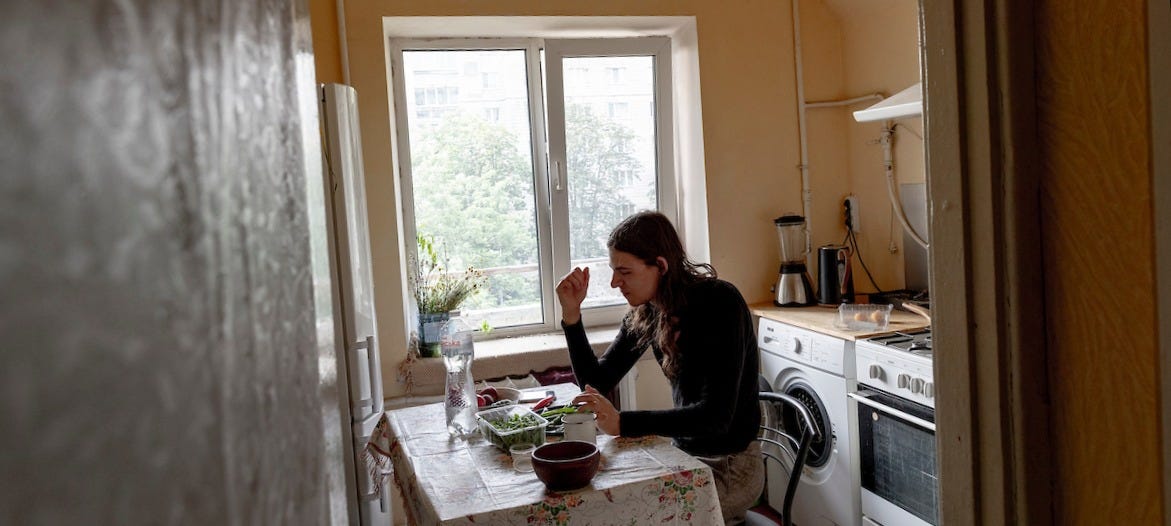Kyiv Sleeps in Hallways and Wakes in Ashes
In Kyiv, we don’t sleep in beds, we sleep between walls, praying they’re thick enough to hold back death until morning.
It begins with a siren. Not the kind from myth, but the modern wail of circuitry, a mechanical shriek that carves itself into your chest at midnight.
It comes without mercy, without preamble, and without end. This is Kyiv. A city that doesn't fall asleep so much as lie in wait, ears pressed to the silence, counting seconds between explosions. Here, war is not just fought; it is endured. It seeps through plaster and parquet, curls around teacups and towel racks. When I returned in June, my fifth time since the full-scale invasion, I did not arrive to report, I arrived to remember. To remember how a city breathes when the air itself is trying to kill you.

Keep reading with a 7-day free trial
Subscribe to Gunpowder Chronicles to keep reading this post and get 7 days of free access to the full post archives.


